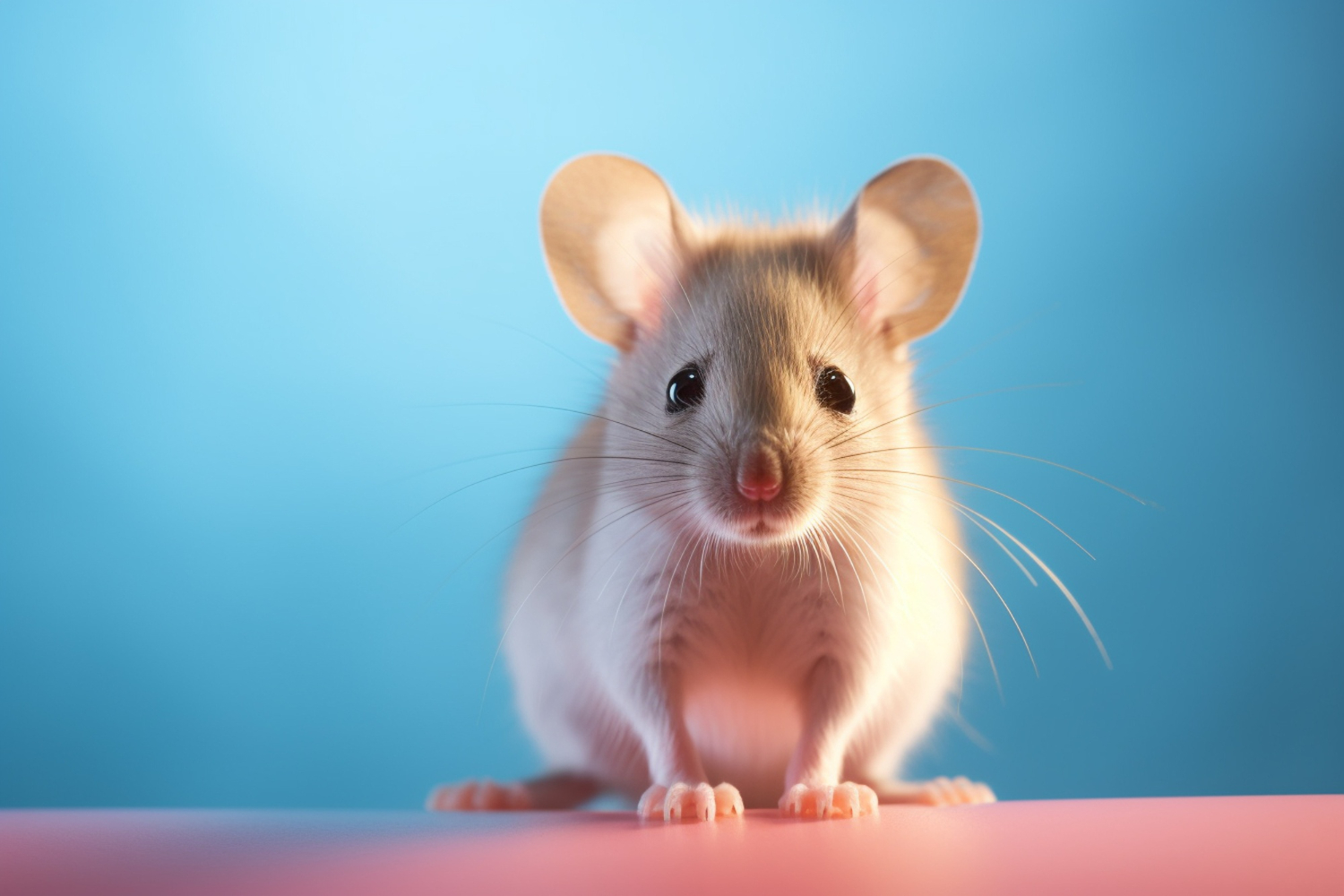Reaction: mice still show allergies when exposed to various microbes, which challenges the hygiene hypothesis
A new study in mice, published in Science Immunology, challenges the so-called 'hygiene hypothesis', the idea that a contributing factor to allergies is that there is an under-stimulated immune system that has not seen enough exposure to germs from current hygienic conditions. In the research, laboratory mice still developed allergies when exposed to various microbes.

Harald Renz - hipótesis higiene EN
Harald Renz
Professor and Director of the Institute of Laboratory Medicine and Molecular Pathobiology, Marburg University - University Hospital Giessen and Marburg (Germany)
The wildling mice are a very interesting mouse model and are relatively close to ‘wild’ mice in nature. They are commercially acquired animals that are kept as naturally as possible and therefore are located somewhere between fully characterized laboratory mice and wild mice. The study neither proves nor disproves anything. Germ-free mice are a wonderful model to specifically test the influence of single microbes or microbe combinations. Completely germ-free mice have a bias to develop allergies – they get allergies or asthma. If you now selectively colonize these mice with selected microbes – for example through a faecal transplantation – then this bias can be suppressed. It is completely undisputed that the microbiome promotes protection against allergies, however, it is not yet fully understood which microbes mediate this protection. Many factors play a role here: the composition of the right germs in the right place at the right time, and it is not entirely clear yet which germs belong together. In the present work, the wildling mice have a microbiome in their gut that does not protect against allergies. Even though the microbiome has a high microbial diversity, these do not protect against the development of allergies, but may even promote them.
Although I am a proven mouse researcher and created a mouse model for experimental asthma 35 years ago, I am now more skeptical about the usefulness of mouse models for allergy research. Mice do not develop asthma or atopic dermatitis per se. The models always represent only one aspect of a very complicated disease, and you can’t apply the research results to the entire disease picture.
The original hygiene hypothesis is based on the observation that children who have no siblings and therefore have less contact with germs and infectious agents during the first months of life suffer more from allergies. Infections experienced in the first months of life contribute to the development of the immune system. Furthermore, it has been observed that a lot of hygiene at home leads to children getting sick less often, i.e. coming into contact with germs less often. It has also been shown that children are less likely to develop asthma if they grow up in a pristine environment such as a farm. It is assumed that the immune system becomes more tolerant through contact with raw milk, probiotics in food, germs in the air or in stable dust and is therefore less susceptible to allergic reactions. This process also involves the microbiome, which is shaped by these environments. Now this hypothesis is being replaced by the biodiversity hypothesis. This is based on the idea that exposure to a diversity of living material such as germs on fruit, in the garden, on trees in the soil and more, seems to be important for healthy metabolism and a healthy immune response.
The researchers in the study also show that wildling mice are colonized with diverse microbes. However, their diversity tends to be coupled with disease. To resolve this, the next big step would be to dissect the microbiome to see which germs here contribute to the formation of the allergic response.
Right now, you can associate certain things together that lead to the following hypothesis: Many factors impact the microbiome that subsequently influences our immune system and therefore our susceptibility to allergies. These include diet, exercise, air pollution, climate change or the decreasing biodiversity in nature. That’s why we need more research into climate change and health.
Ma et al.
- Research article
- Peer reviewed
- Observational study
- Animals


